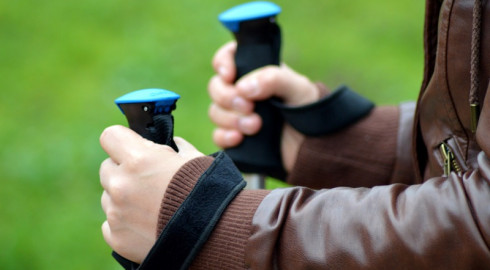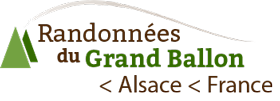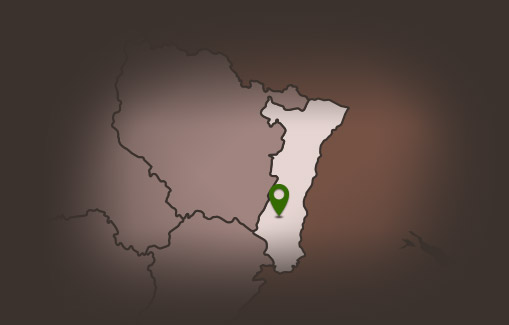Sport and health in the mountains

First aid kit: It is important to prepare a small first aid kit for several days. Its basic content will allow you to treat any pain and other ailments when in the mountains. In case of a more serious accident, you will be able to perform first aid until help arrives. Here are the ideal contents of the hiker’s first aid kit:
- Sunscreen
- Disinfectant
- Plasters (and anti-blister plasters)
- Anti-venom kit
- Compresses
- Surgical tape
- Tweezers / splinter forceps
- Survival blanket
- Scissors
- Sterilised gloves
- Sodium Chloride
- Adhesive compress
- Anti-burn compress
- Blood pressure monitor
- Antiseptic
- Savlon
- Eyewash
- Anti–itch cream
Hydration during hiking: Hiking is a real sport, so it is important to prepare your body for exercise. When starting a hike, you must have water supplies and organise replenishment throughout the route. For proper hydration, you must drink enough to replace the water that is lost during exercise. The first symptom of dehydration is thirst, but it can also manifest itself as headaches, cramps or muscle twitching, fatigue and rapid shortness of breath. However, don’t rely solely on how it manifests itself in your body. Don’t wait until you are thirsty to drink, but drink regularly: before, during and after exercise. Note that water is best absorbed in smaller amounts, which means it is more advisable to drink little and often than too much at once. The amount of water to be consumed during a hike is difficult to estimate since it is influenced by many factors such as the hiker’s physical condition, the weather, the intensity and duration of the hike, for example. In summer, it is also advisable to avoid hiking during the hottest hours and wear a hat or cap to avoid sunstroke.
The amount of water consumed by an adult being estimated to be 1.5 litres per day, for a day’s hike you should double or triple your normal water consumption. Don’t hesitate to have an extra supply; it’s always better to have too much water than not enough. As flasks and full water bottles weigh the most in the backpack, it is also possible to organise water replenishment by identifying water points in advance using an IGN map. It is wise to identify extra water points along your route as some can be damaged, dry, frozen, or not suitable for drinking (indicated on signs). When in doubt, it is advisable to take the required amount of water with you.



